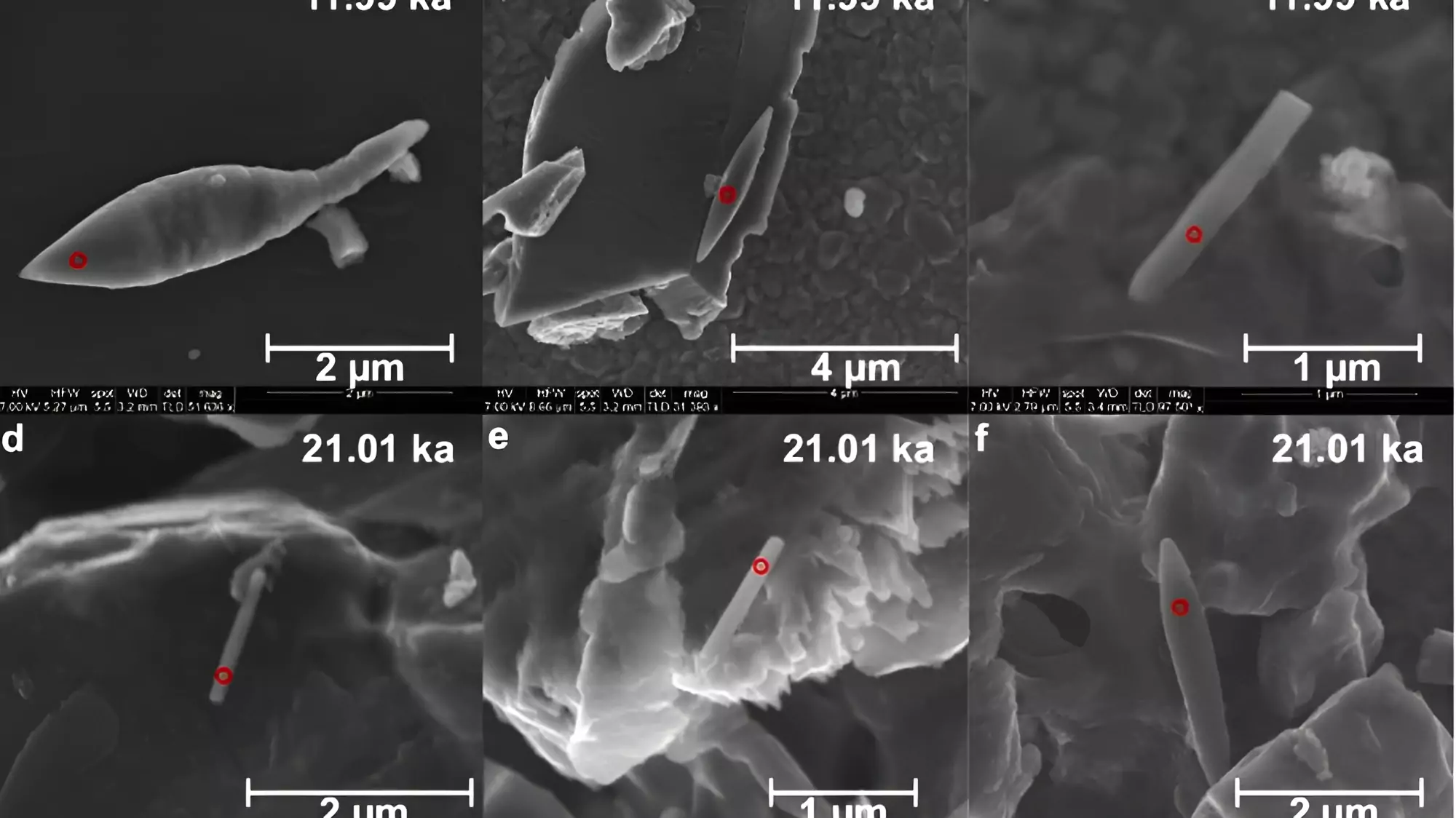Context
Recently, Researchers at the CSIR-National Institute of Oceanography discovered 50,000-year-old magnetic fossils in the Bay of Bengal.
- It is one of the youngest and most enormous magnetic fossils.
Magnetic Fossils in Bay of Bengal: Key Findings of the Study

- Fluctuations in Monsoon: Analysis of sediment samples revealed changes in monsoon strength over the last Glacial Maximum-Holocene epoch, which influenced weathering and sedimentation.
- The Holocene represents the most recent interglacial interval of the Quaternary Period.
- Appropriate environment for Magnetic Fossil Growth: According to the study, warming events are not required to produce large magneto fossils; instead, a proper balance of iron, organic carbon, and suboxic environments is critical.
- Role of Rivers in Formation of Magnetic Fossils: The rivers Godavari, Mahanadi, Ganga-Brahmaputra, Cauvery, and Penner, which flow into the Bay of Bengal, all played essential roles in the development of magnetofossils.
- Discharge of Freshwater: The freshwater discharge from these rivers, combined with other oceanographic processes such as eddy formation, resulted in oxygen levels in these waters that are not often observed in other low-oxygen zones.
- Finding of Single-Celled Organisms: Researchers discovered many benthic and planktonic foraminifera, single-celled organisms with shells that live near the seabed and float freely in water.
About Magento Fossils
- About: These are the fossilized remains of magnetic particles produced by magnetotactic bacteria, commonly known as magneto bacteria, and discovered and preserved in geological records.
- Definition: Magneto fossils are biological materials that include magnetic minerals, primarily magnetite (Fe3O4) and greigite (Fe3S4).
- Magnetotactic bacteria are primarily prokaryotic organisms that align with the earth’s magnetic field. These distinctive creatures were originally described in 1963.
- Following the Magnetic Field: These organisms were thought to follow the magnetic field to areas with high oxygen concentrations.
- Characteristics of Magnetotactic Bacteria: These bacteria contained “novel structured particles, rich in iron” in microscopic sacs that functioned as a compass.
- These magnetotactic bacteria produce microscopic crystals of magnetite or greigite, both iron-rich minerals. The crystals assist them in navigating the fluctuating oxygen levels of the aquatic body in which they live.
Types of Magneto Fossils
- Bacterial Magnetite: Certain bacteria may produce magnetite within their cells, forming chains of magnetosomes that function as tiny compass needles.
- Magnetic Crystals in Organisms: Some organisms, including mollusks, fish, and birds, can biomineralize magnetite or greigite within their tissues.
Prokaryotes
- These are organisms whose cells lack nuclei and other organelles.
- Prokaryotes are classified into two groups: bacteria and archaea, each of which is thought to have independent evolutionary lineages.
- Most prokaryotes are tiny, single-celled creatures with basic structures.
|
- Significance of Magneto Fossils: Paleoenvironmental Reconstruction: The presence of magneto fossils in sedimentary rocks can reveal information about past habitats, such as oxygen levels, temperature, and even the presence of certain animals.
- Paleomagnetism: Magneto fossils help to reconstruct the Earth’s past magnetic field. Scientists can learn about the past orientation of the Earth’s magnetic field by examining the orientation and intensity of magnetic minerals in fossils.
- Biological Behaviour: Investigating magneto fossils can provide information about the behaviour and ecology of ancient creatures.
- For example, the presence of magnetite in some creatures may imply that they can navigate using the Earth’s magnetic field.
Methods of Study:
- Rock Magnetism: Rock magnetism, which involves measuring the magnetic characteristics of rocks and fossils, is used to investigate magneto fossils.Paleomagnetic analysis: It involves detecting the orientation and strength of magnetism in rocks and fossils to recreate the Earth’s previous magnetic field.
- Microscopy and imaging: High-resolution microscopy and imaging techniques enable scientists to study the structure and distribution of magnetic minerals within fossils at the microscopic level.
Also Read: Geomorphology
![]() 6 Apr 2024
6 Apr 2024

